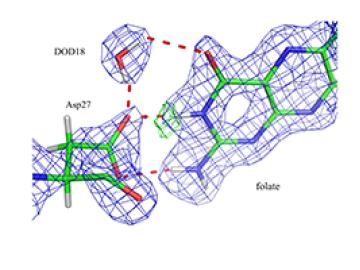
Katy Bradford: Cassette approach offers compelling construction solution



A composite foam insulation panel being developed by Oak Ridge National Laboratory and partners could reduce wall-generated heating and cooling loads in buildings by 38 to 50 percent, potentially saving homeowners $150 or more per year. The proposed 2-inch board will feature modified atmosphere insu...


With a 3-D printed twist on an automotive icon, the Department of Energy’s Oak Ridge National Laboratory is showcasing additive manufacturing research at the 2015 North American International Auto Show in Detroit.






